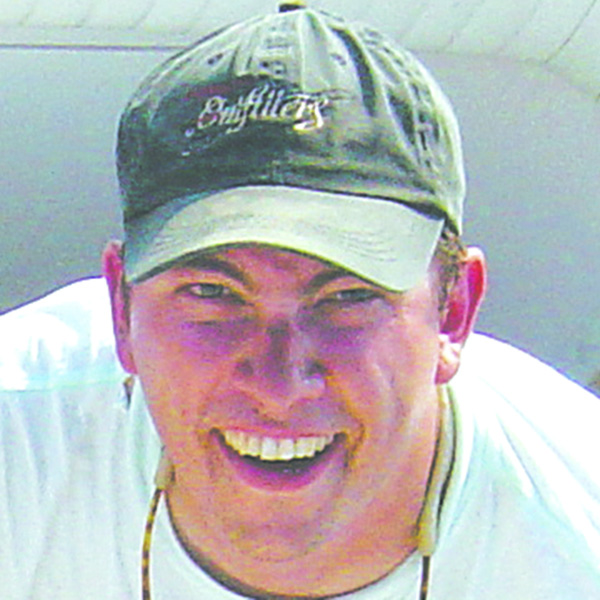

Setting aside the age-old animosity between commercial fishermen and recreational fishermen, I don’t think I’ve ever heard as much vitriol directed at commercial fishermen as I have this fall about those crews who drape gillnets in the surf zone off the South Fork.
Shockingly, I didn’t even hear quite this level of outrage in the summer of 2019 when a young humpback whale was entangled in one of the nets in plain view of a popular Sagaponack beach — briefly bringing the practice into the focus of a more cosmopolitan crowd than surfcasters.
Part of the reason for this year’s particularly high volume of outrage, among fishermen, would seem to me to be the high number of large, dead striped bass that have been washing ashore on local beaches this year. For the last month, I have been getting a steady stream of photos of dead striped bass — all of them trophy sized fish that would quite literally be a “fish of a lifetime” for many of the dozens of fishermen who pass its rotting corpse — along with dead sturgeon, dead sharks of various species and dead dolphins. The photos invariably come with explicative-laced rants about “pirates” and fantasies of vandalism of the nets, which sit within an easy swim of the beach.
I am always quick to point out that vandalism, or vigilantism, as they see it, will serve no purpose but one can empathize with the feeling of helplessness to do anything about something that you see as unjust unfolding right in front of your face.
Rather, I would offer to those fishermen who are equally bothered by how this fishing practice is applied, that they should use the public forum to affect change. Change comes about through the political process, and there is no question that recreational fishermen have the political advantage of numbers. A petition would be the way to start a debate and get the attention of the political leaders who could force a new look at how fishermen may harvest striped bass.
But it’s a much easier thing to be outraged about on the beach than it would be in the board room.
I’ve talked about gillnetting here in the past. I’ve been critical of the practice, and I think it should be ended or substantially restricted in the near-shore region (more on this below).
But I also have noted that the practice is quite limited in scope, likely has a fairly small impact on the state of the striped bass stock as a whole — especially in comparison to the mortality recreational fishermen represent — and is, in the grand scheme, a fairly “selective” fishery that probably has a hell of a lot less wasted bycatch than some other forms of commercial fishing. To that end, perhaps opponents of the nets should be careful what they wish for.
The rage may be better focused on minor changes that would lessen some of the most obnoxious components of the gillnet fishery. Rules that limited the number of hours that a net can be left to soak could have a number of benefits, reducing the amount of bycatch of sturgeon and white sharks and the likelihood that striped bass that are tangled in the net but are not of legal size are still alive when they are freed by the fishermen.
Another reasonable request may be to demand that the nets not be set within, say, 500 feet of the dry beach. This would at least make the nets less in-your-face to thousands of recreational surf fishermen who only have access to the 150 feet of ocean that they can launch a lure into.
An easy exception to such a restriction could be made for nets set from the beach itself, which would allow the Lester crew in East Hampton, the only gang that still fishes nets for stripers in surf dories. Their application of the practice is a far cry from the boat-set nets. They work just one or two nets and they allow them to soak for only a matter of a few hours. The labor intensiveness of the practice would probably ensure that it will not become a more prolific method.
Just as the nets vanished, the building east breeze last week pushed a new body of stripers into the surf zone mid week. The bite tailed off into Sunday evening and Monday, though plenty of fish remained to be caught on diamond jigs and bucktails.
Montauk has continued to play house to huge numbers of small stripers gorging on bay anchovies and a few false albacore here and there.
Another nor’easter this week could keep things swinging, so stay on the lookout.
Catch ’em up. See you out there.
 More Posts from Michael Wright
More Posts from Michael Wright